Mediocre battery life is the weakness in the otherwise formidable combination of the R6 Pro II’s excellent features, sonics, and UI.
In ancient Greek mythology, Achilles was one of the most celebrated warriors of the Trojan war. His mother, Thetis, a water nymph, dipped him during infancy in the River Styx, conferring invulnerability to his entire body, save for the heel by which she clutched him.
- Solid build
- 4.4mm (balanced) and 3.5mm (single-ended) outputs available, with 3 gain levels
- Fast UI with quick booting, user-friendly
- Can be used to stream or surf the net
- Multiple audio settings to explore, including HiBy’s MSEB
- Dark background with minimal hiss
- Can toggle between class A and AB amplification on-the-fly
- Two-way Bluetooth gives stable range and connectivity without lag
- Neutral with excellent technical chops
- Sub-par battery life
- Gets warm during usage (especially with balanced/high gain)
- May not be the most powerful DAP out there, but should be able to drive most transducers
This man-of-war achieved great exploits but was ultimately undone by an arrow to the heel – the place of his least constitution. Indeed, the R6 Pro II DAP we will evaluate today is similarly impressive, save for a glaring flaw.
Company Overview
HiBy was founded in 2011. The company is primarily renowned for its DAPs, such as the R2 II, RS8, RS6, RS2, and R52. The complimentary HiByMusic app has also garnered a worldwide usage of 3 million consumers!
Some notable DAC/Amps from this brand include the FC6, FC1, FC3, and FC4. Additionally, HiBy has released the Zeta, Lasya, Seeds II, Beans, and Thor IEMs.
Technical Specifications
-
- Form: DAP (digital audio player)
- DAC Chip: Dual AK4499EX + AK4191EQ
- Amp: Class A/AB switchable dual amplification circuit
- Processor: Qualcomm Snapdragon 665 SoC (8-core, 1.8GHz Kryo 260), Android 12 OS
- External Memory Slot: 1 x microSD card, supports up to 2TB
- Battery Capacity: 5000mAh
- Battery Life: 3.5mm (single-ended) PO (Class AB): 8 hours, 4.4mm (balanced) (Class AB): 7 hours, 3.5mm PO (Class A): 6 hours, 4.4mm (Class A): 5 hours
- Charging Time: <2 hours
- RAM: 4GB
- Internal Storage: 64GB
- Source Jack: PO 3.5mm (single-ended), PO 4.4mm (balanced), USB DAC, coaxial digital out, line-out (3.5mm and 4.4mm)
- Output: 3.5mm: 125mW (2Vrms), 4.4mm: 383mW (3.5Vrms)
- THD+N: 3.5mm: 0.0009 – 0.0015% (depending on A/AB amplification), 4.4mm: 0.0009 – 0.0015% (depending on A/AB amplification)
- Dynamic range: 3.5mm: 118dB, 4.4mm: 119dB
- Signal-to-noise ratio: 3.5mm: 117dB, 4.4mm: 119dB
- Frequency Response (Hz): 20Hz – 90kHz
- Decoding Format: PCM (32bit/1536kHz), DSD 1024, 16x MQA
- WIFI support: 2.4GHz and 5GHz; compatible with Airplay/DLNA/HiByLink
- Bluetooth: two-way 5.0
- Bluetooth Codec Support: UAT/LDAC/aptX/aptX HD/AAC/SBC
- Dimensions: 147.45mm x 75.2mm x 15mm
- Weight: 285g
Packaging

In the box
- HiBy R6 Pro II DAP
- Leather case
- Spare screen covers (back and front)
- USB-C charging cable
- USB-C to USB-A adapter
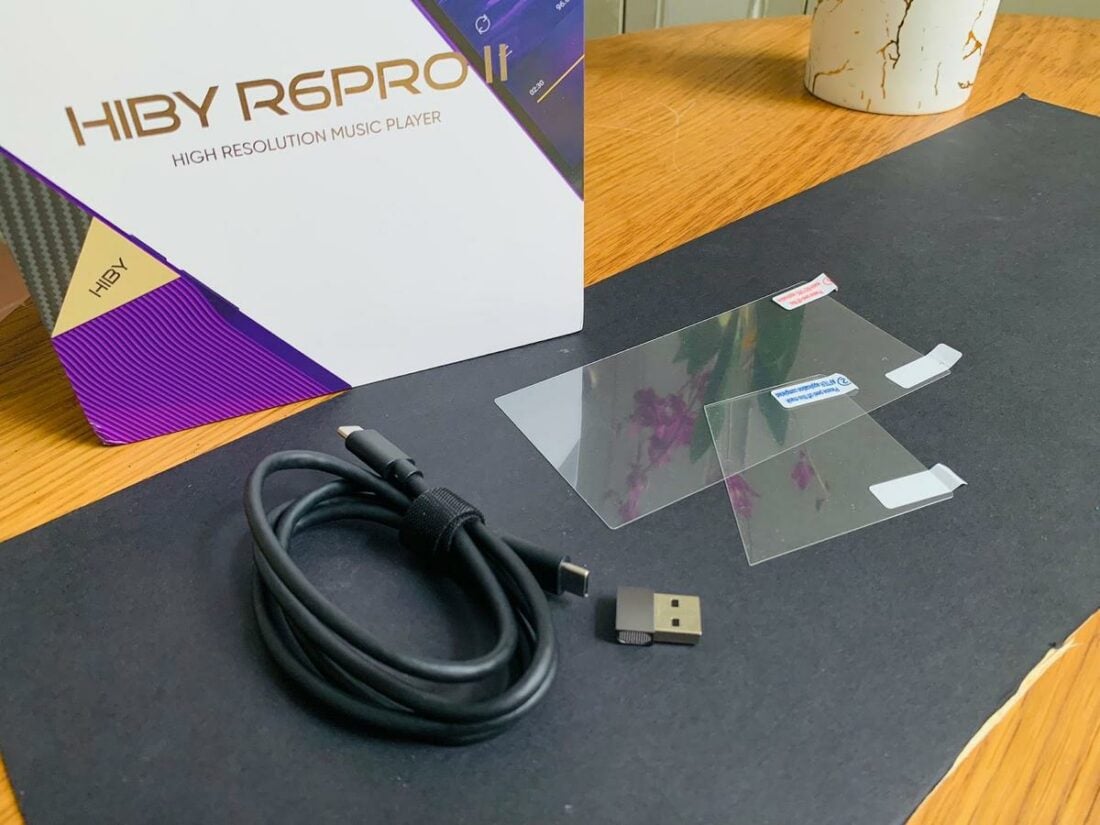
The accessories are par for the course for a player retailing around USD$700.

Design
Measuring 147.45mm by 75.2mm by 15mm and weighing in at 285g, the R6 Pro II is on the larger side and is similar in dimensions to an average smartphone.
One can opt for a black or purple-hued pure aluminum chassis during ordering. Unfortunately, the DAP’s frame has some sharp rectangular edges; thankfully, these awkward areas are not an issue once the leather case is snugly fitted on.

Unlike most DAPs, HiBy went for an adventurous asymmetrical design, which supposedly aids in grip.

At the bottom, we have the USB-C data/charging port, PO 3.5mm (balanced and single-ended), and line-out ports (balanced and single-ended).

On the left side of the chassis, we have the micro-SD card port and the “next,” “back,” and “pause” buttons. The buttons work as advertised and are responsive with a satisfying click.

On the right side, we have the power and volume controls.
This DAP does not have a volume wheel, and volume is adjusted solely via the “+” and “-” buttons, which have 100 adequately spaced steps on all gain settings.

LED Indicator
| LED | Description |
|---|---|
| Pale blue | Standby |
| Green | MQA |
| Blue | MQA Studio |
| Magenta | MQA Core |
| Yellow | PCM < 48kHz |
| Cyan blue | PCM 64 - 192kHz |
| Orange | PCM > 192kHz |
| White | DSD |
Compatibility/UI
This is a multi-functional instrument: it can be a digital source, USB DAC, Bluetooth receiver/transmitter, an internet surfing tool, and a streaming device.
The internal Qualcomm Snapdragon 665 SoC (8-core, 1.8GHz Kryo 260) and Android 12 OS is snappy. The R6 Pro II powers up within seconds, though this depends on how many music files it needs to scan.
The R6 Pro II’s UI is lighting quick – without lag, with a responsive (and not overly sensitive) touch-screen, meaning scrolling is as easy as pie. Android users should be quite at home with the interface.
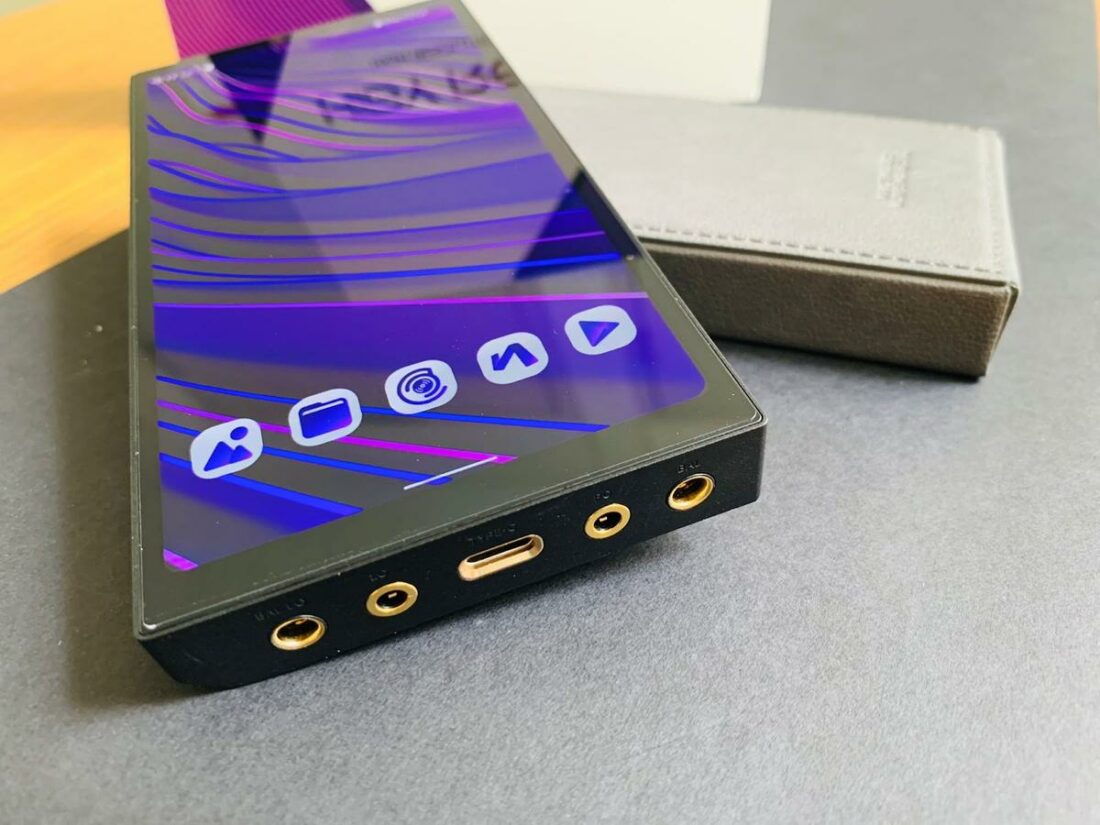
The stock apps, from left to right (as per the photo above), are:
- Pictures/background
- Folders menu
- HibyMusic 4.2 app
- Via app – internet browser
- Google Play store – supporting third-party apps

Once inside the audio settings tab, users can play with:
- Filters
- Plugins
- Channel balancing
- MSEB (Mage Sound 8-Ball tuning)
MSEB uses algorithms based on parametric EQ to individualize audio nirvana for the listener. Do explore this function, as it is one of the attractions of HiBy DAPs!
The R6 Pro II contains all the requisite bells and whistles required by any DAP user.

HiRes fanboys will be pleased that the R6 Pro II supports up to a mind-boggling PCM 32bit/1536kHz and DSD 1024 playback. 16x MQA unfolding is also available, though this controversial file format is in flux, with Tidal reportedly moving on to alternative Hi-Res FLAC options.
Connecting to WiFi is easy, and one can surf the net on the Via app or stream songs from the usual platforms. Indeed, I downloaded and updated the device to the latest 1.10 update the first time it booted up.
Airplay, DLNA, and HiByLink are also supported. This DAP is compatible with HiByCast, which allows an external device (e.g., smartphone or tablet) to function as a remote control for the R6 Pro II.
Internals
The R6 Pro II uses dual AK4499EX and a single AK4191EQ DAC chip. The circuitry includes low-jitter femtosecond precision crystal oscillators (45.1584MHz and 49.152MHz) via a quad-independent section power supply, touted to provide excellent details for elaborate musical tracks.
A selling point for this DAP is that users can switch between class A and AB amplification with a simple tap.
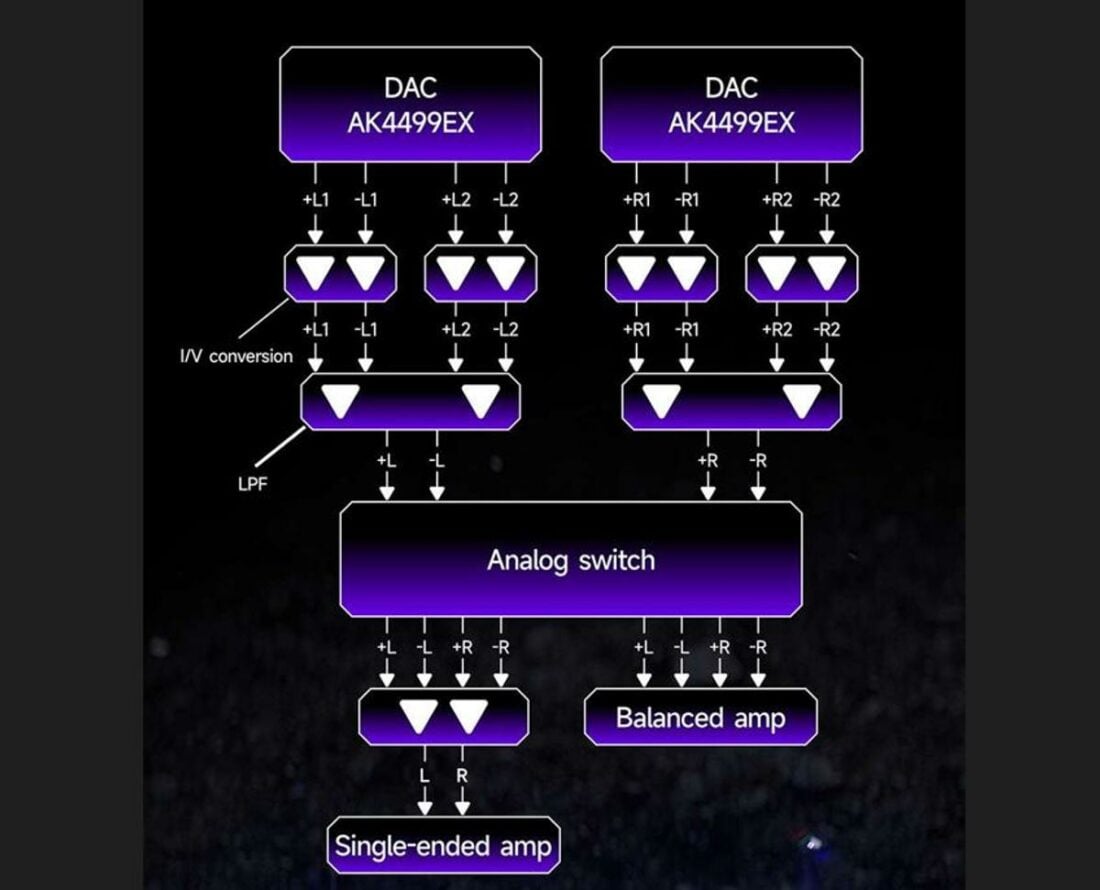
During my testing, the difference between the class A amp – which houses OPA1652 op amps and eight NXP bipolar transistors – and the class AB architectures is minor but audible, especially if one uses highly resolving gear and does back-to-back A/B testing.
On both output ports, the Class A amp provides tighter bass, better micro-details, a slightly more expansive soundstage, and improved dynamics, though at the expense of increased heat and decreased battery life.
Compared to the predecessor R6 Pro, the newer R6 Pro II has inferior battery life and less power output!
HiBy opted for power quality over quantity with the R6 Pro II. After all, power is nothing without control. With this power throttling, the R6 Pro II’s S/N ratio and noise floor purportedly improves.
Even so, measurement freaks may scoff at this DAP’s output specs of 125mW (2Vrms) and 383mW (3.5Vrms) for the single-ended and balanced ports. The R6 Pro II has three gain levels and can drive most transducers other than perhaps full-sized planar headphones – we will discuss this below in the sound section.
Battery
Despite packing a 5000mAh battery, battery life is arguably this device’s Achilles’ heel.
Marketing materials quote the most optimal battery life of 8 hours using the 3.5mm (single-ended) output and class AB amp. Conversely, it manages an abysmal 5 hours using the 4.4mm (balanced) class A output.
In real life, the battery life depends on volume, screen display/streaming/WIFI services usage, lossless versus lossy files, wired versus Bluetooth playback, and gain settings. My actual field use matched the publicized numbers.
Sadly, this DAP’s battery cannot get me through the day!
Thankfully, there is a battery care mode, where charging ceases at 90%, in addition to power-saving options, which should theoretically help with battery life. The R6 Pro II can be charged from 0% – 100% in less than 2 hours.
This gadget also gets hot during usage, especially during class A amplification.
Bluetooth Connectivity
The R6 Pro II utilizes Bluetooth 5.0 and supports most Bluetooth codecs – UAT/LDAC/aptX/aptX HD/AAC/SBC; this should please most wireless fans.
Pairing this DAP with various Windows and Apple devices, Android phones, and wireless transducers is a breeze, with the R6 Pro II immediately recognized. Bluetooth range reaches about 8 meters with thick walls and around 13 meters without obstructions.
Bluetooth connectivity is extremely stable, with infrequent stutters and almost no drop-outs. I did not find any lag either.
The R6 Pro II has an exemplary Bluetooth implementation.
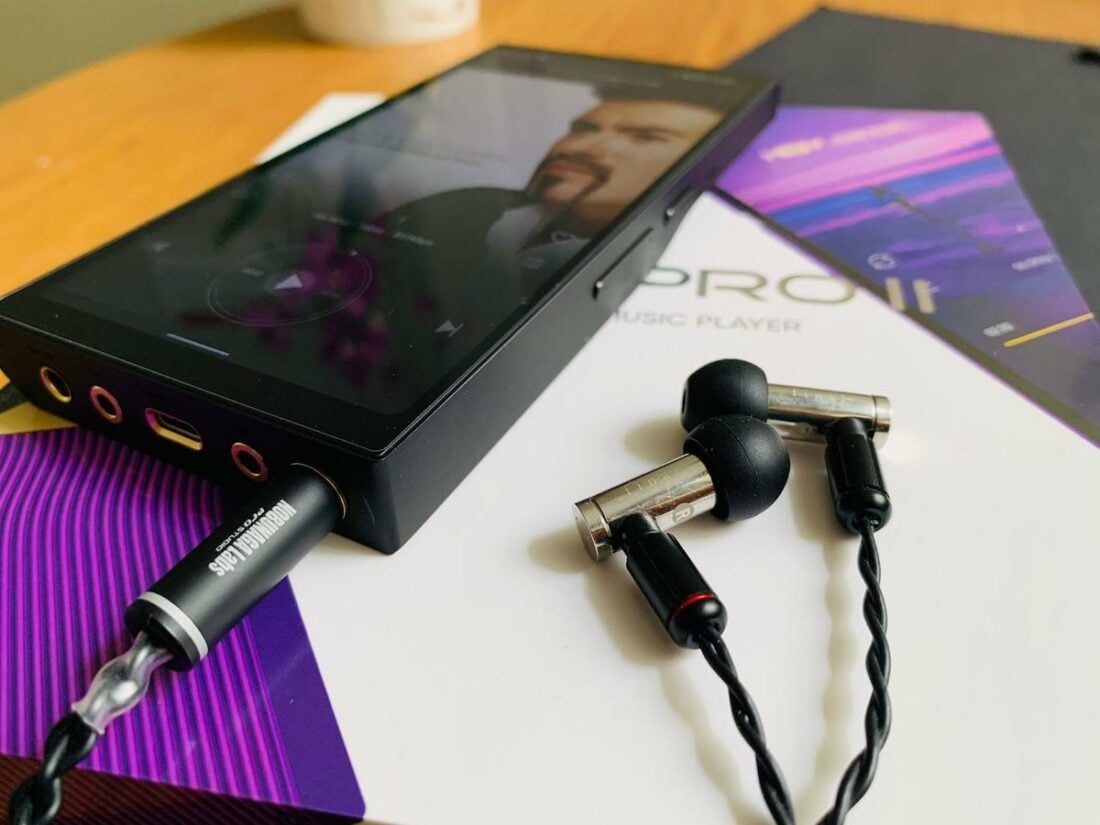
HiBy R6 Pro II Sound (Wired)
The R6 Pro II is quite neutral, providing a transparent and technical soundscape. There’s a slight boost in the upper frequencies which delivers good air.
A mild sharpness in edge definition allows notes to stand out. Thankfully, It still retains some smoothness to note edges, and the R6 Pro II doesn’t veer to an overly harsh or sterile sound – unless used at very loud volumes (Fletcher Munson curve). This tuning choice lessens bloat and showcases speedy transients.
HiBy’s claims of compromising power to cater to better noise control seem to be no hyperbole. The R6 Pro II has a dark background with no hiss on both output ports, even when paired with high-sensitivity IEMs.
There are no published output impedance data points, but it should be acceptably low, as most of my daily drivers sound tonally correct with this DAP.
When compared against other similarly priced DAPs, the R6 Pro II holds its own in technicalities, furnishing potent instrument separation and micro-detailing. The soundstage is spacious in all three dimensions, with whetted imaging.
The R6 Pro II handles complex tracks with aplomb, and detail-heads will be pleased with its sound.
As alluded to in the “Internals” section, the class A amplification sounds better than the AB. The class A amp imparts superior soundstage, dynamics, and headroom on the balanced (4.4mm) port compared to the single-ended (3.5mm) one.
As described above, the power from the balanced port may be deficient for some hard-core audiophiles. I put this DAP through my gold-standard crucibles for drivability:
- Final Audio E5000 (low sensitivity at 93dB/mW)
- Sennheiser HD650 (high impedance at 300ohm)
- Yinman 600 ohm (the final boss at 600ohm impedance and 87db/mW sensitivity!)
Weak sources will make the Final E5000 nebulous and bloated in the bass. Thankfully, the R6 Pro II passes this test, bestowing good texture and speed to basslines.
When fed insufficient juice, the Sennheiser HD650 sound undynamic and boring. The R6 Pro II decently powers them and passes this evaluation.
The Yinman 600 ohm seem to need a nuclear reactor to power them! The R6 Pro II do a satisfactory job fueling these puppies, though a dedicated desktop amp might give tighter bass and better dynamics.
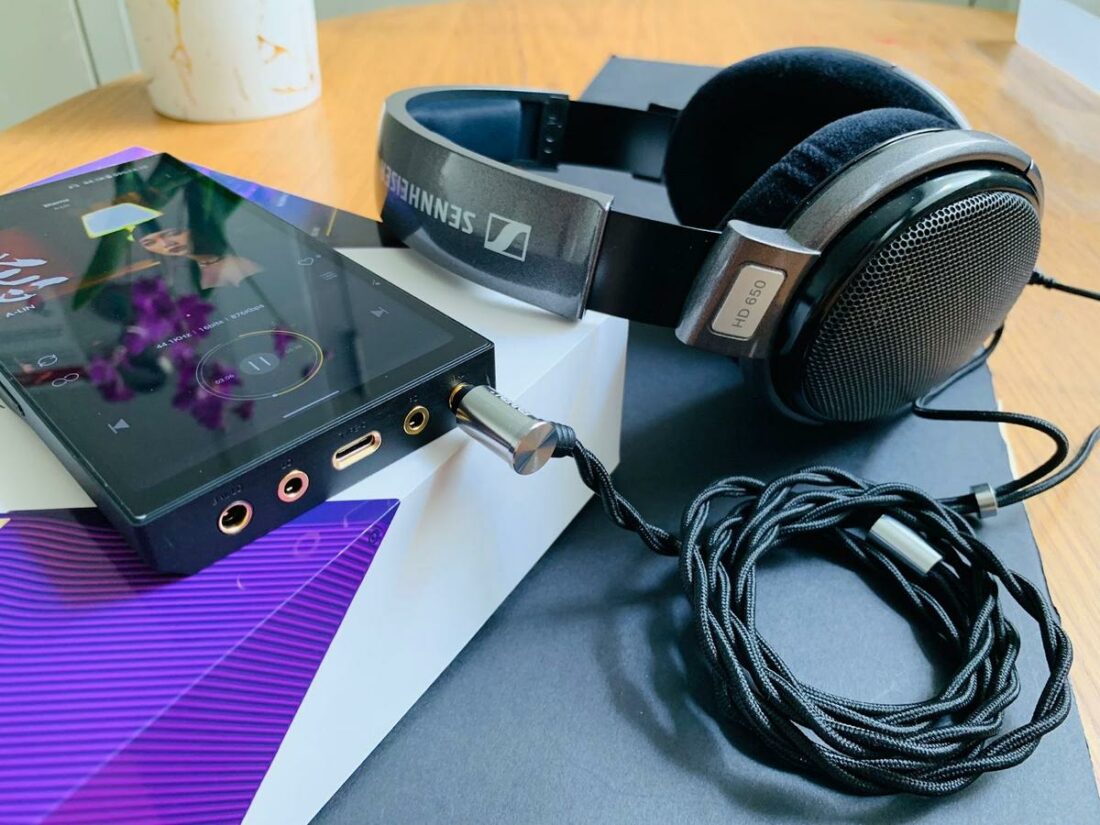
Comparisons
Vs. Sony WM1Z
The WM1Z is warmer, thicker, and smoother and sounds more euphonic than the R6 Pro II. Soundstage and imaging are better on the WM1Z, though the R6 Pro II has a thinner note weight, sharper edge definition to notes, and slightly better micro-details.
The WM1Z does not have WIFI or streaming and utilizes a class D amplifier, likely explaining why the WM1Z’s battery life is triple that of the R6 Pro II, at around 20 hours with Hi-Res files. It also doesn’t heat up as much as the R6 Pro II.
Both DAPs are not the last word in power, and there are admittedly more powerful devices out there.

Where to Buy
Conclusion
The R6 Pro II is a practical music player sporting top-notch sound, dummy-proof UI, a robust physique, myriad functions, and multiple sonic settings that any dyed-in-the-wool audiophile demands.
Bluetooth is well executed, in addition to a neutral profile with wonderful technicalities layered on a dark background. Balanced and single-ended outputs are available, with three gain levels on tap.
Alas, despite commanding parameters and excellent sonic fidelity, like the story of Achilles and his cursed heel, the R6 Pro II is let down by underwhelming battery life.
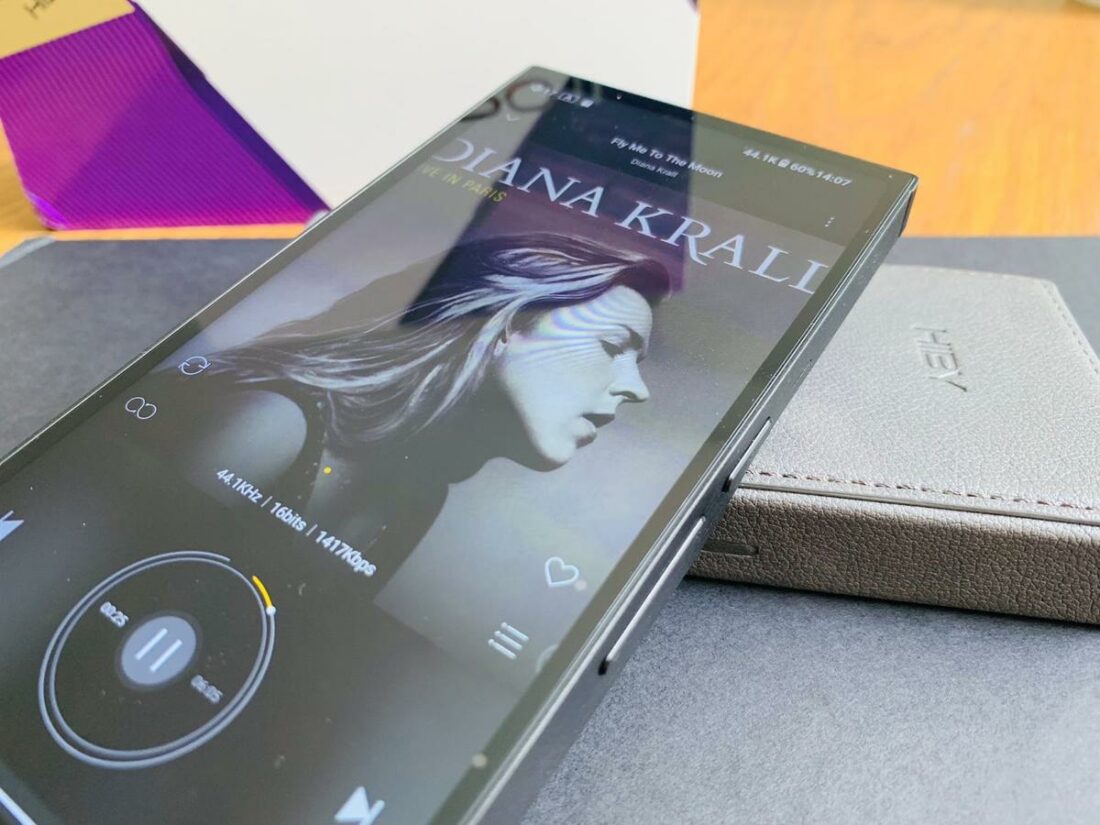
While other DAPs have more driving power, the R6 Pro II should be able to juice most stuff out there, other than extreme outliers. However, there is an argument to be made that a DAP at this price point should be more future-proof.
Look elsewhere if your priority is battery life or driving power-hungry planar cans. But if one can accept these weaknesses on an otherwise versatile device, the R6 Pro II is undoubtedly a DAP to consider.
